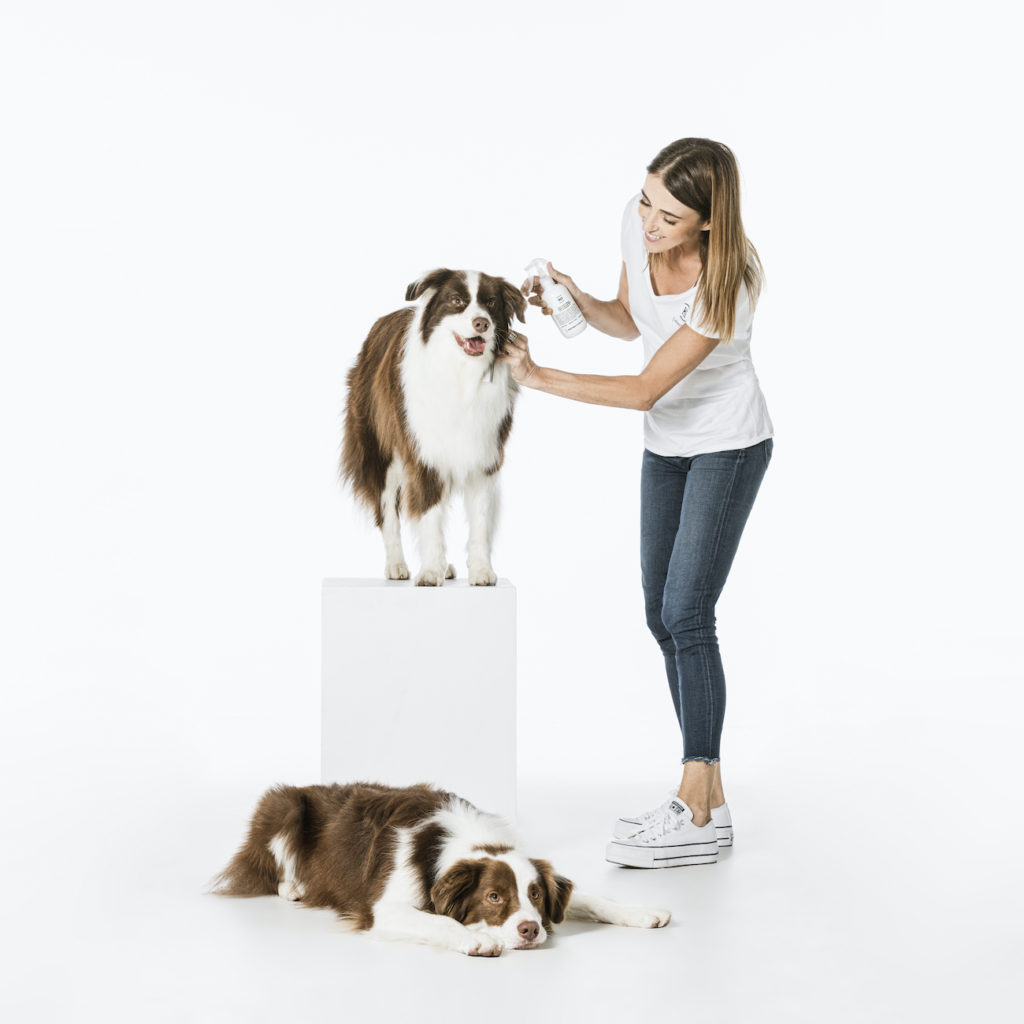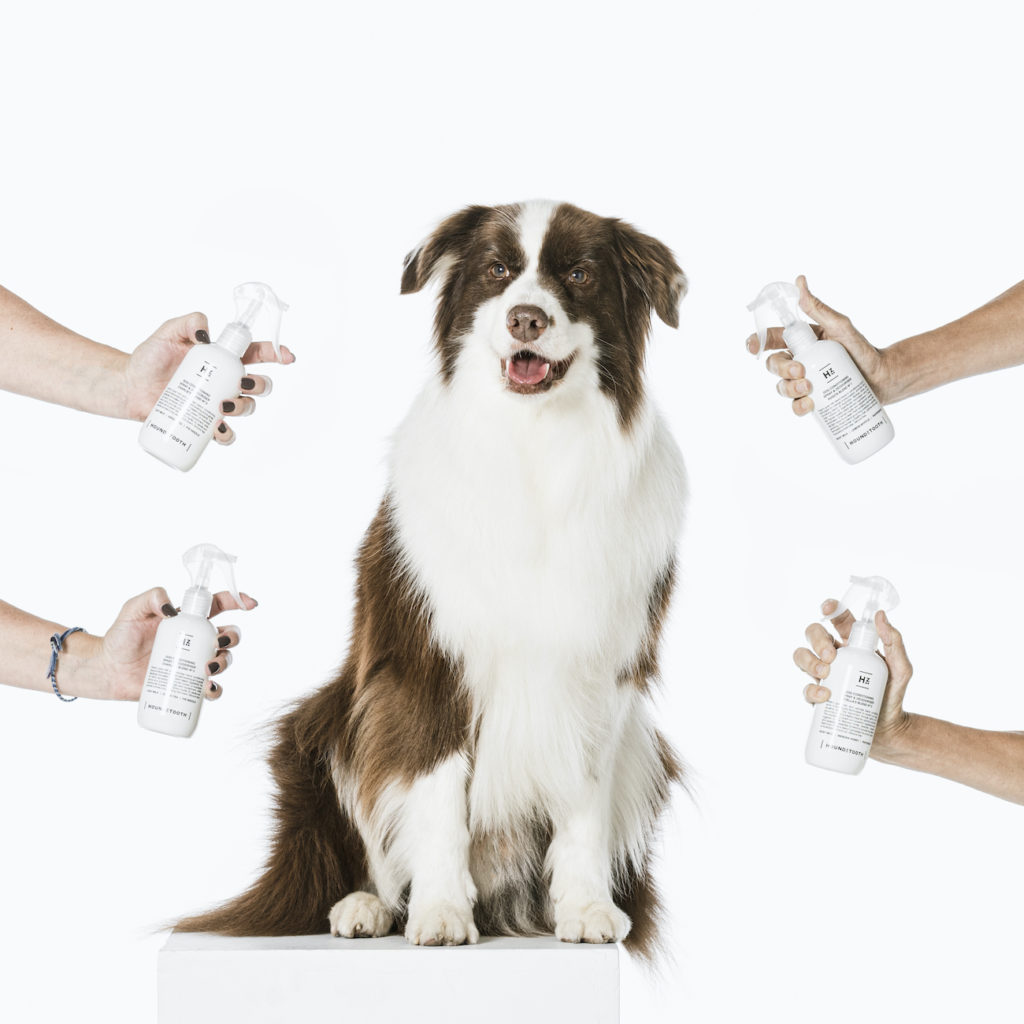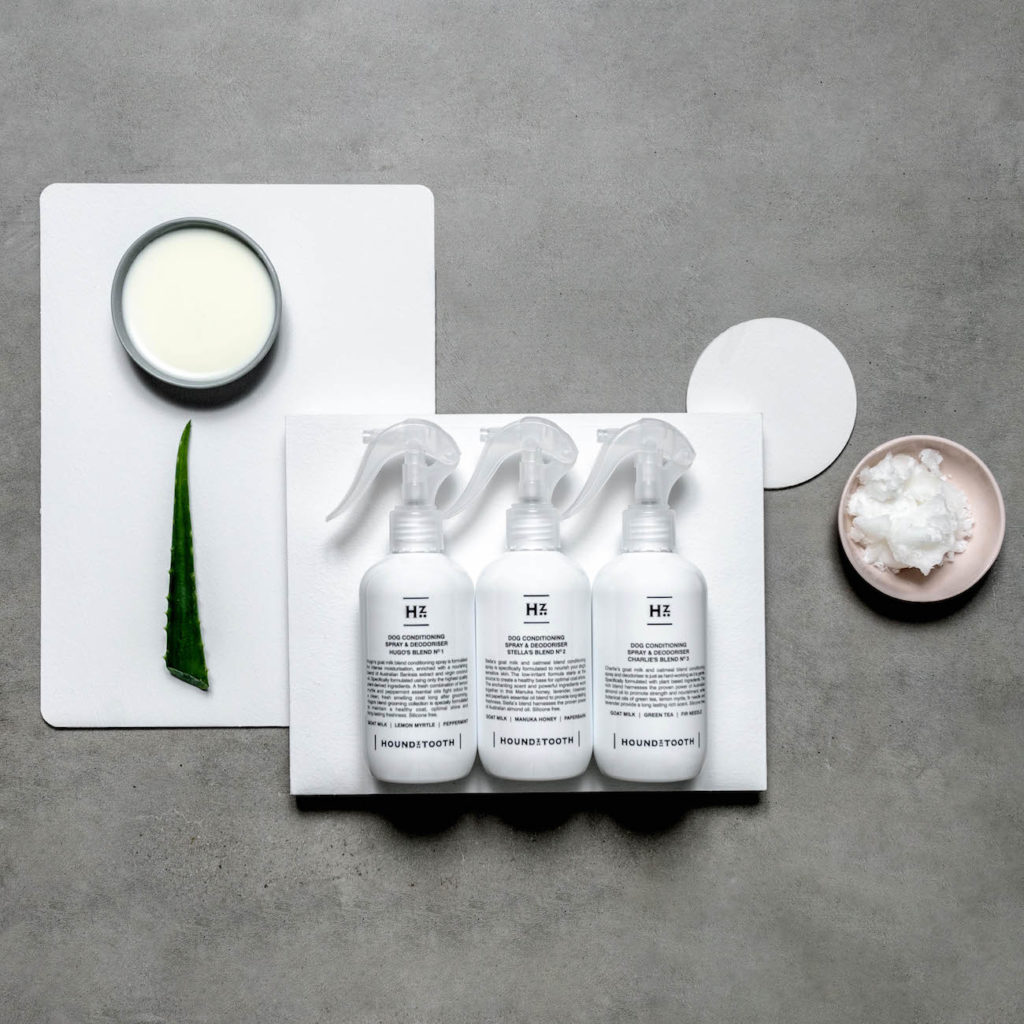Tips for Grooming Border Collies & Double Coat Breeds

Having had Toby, her famous border collie, and working with The Wonderdogs for years, Dr. Katrina has a lot of experience grooming double coats, especially during high shedding seasons like spring.
On grooming border collies, Dr. Katrina says “Spring is here, and while I love the longer days and extra dog walks, the pet hair battle in my house is real! Sharing my house with a border collie again (I’m currently looking after Chill from The Wonderdogs) has reminded me about how much hair they shed at certain times of the year and the importance of having an efficient grooming routine.”
If you are looking to welcome a double coat dog to the family – or if you already have one of your own – read on for Dr. Katrina’s tips on how to keep their skin and coat healthy with a natural pet grooming routine.
Why grooming is important
While grooming your four-legged friend is important for removing loose hair, it also provides an opportunity for you to thoroughly check your dog over and ensure they are in optimal health.
Be sure to check their ears, eyes, nails, teeth and paw pads, as well as their skin and coat. Regular grooming also helps to keep their coat glossy and shiny.
Rough and smooth double coats
The border collie breed has two coat types: rough and smooth. The smooth coat is shorter in length and usually coarser in texture than the rough-coated variety.
Both coat types possess what is called a ‘double coat’, which consists of a soft, thick undercoat and longer, water-resistant fur on top.
Throughout the year, a border collie or other double coat dog breeds will shed their coat regularly. Brushing their coat a couple of times a week is usually enough to stay on top of the shedding.

However, twice a year – during spring and autumn – your pup will completely blow their double coat and shed heavily for the season ahead. During this time, daily brushing is required to manage their shedding.
Choosing the right grooming tools
When grooming your border collie or double coat dog, using quality pet products will make a huge difference. Dr. Katrina recommends the following grooming tools:
- A rake
- A slicker brush
- A metal comb
- A bristle brush
- A Houndztooth Conditioning & Deodorising Spray
Houndztooth Conditioning & Deodorising Sprays
Houndztooth’s pet shampoo & conditioner range includes Conditioning & Deodorising Sprays dedicated to detangling, deodorising and deeply moisturising your pup’s skin and coat. These topical sprays are very useful when grooming for a number of reasons:
- They minimise fur breakage
- They make it easier to move the comb or brush through the coat
- They create a more comfortable experience for your dog by avoiding tugging
- They reduce static in your dog’s hair
Our Conditioning & Deodorising Sprays are formulated with a unique blend of goat milk and Australian botanicals and oils which won’t strip away your dog’s natural oils. Instead, they work together to nourish, fight odours, detangle and strengthen your pup’s coat.

Free from silicone and other nasties, our topical sprays won’t harm your precious pup’s skin or coat. Houndztooth’s Conditioning & Deodorising Sprays include:
- Hugo’s Blend No.1 Spray & Deodoriser with lemon myrtle and peppermint to detangle, fight odour and maintain long-lasting freshness.
- Stella’s Blend No.2 Spray & Deodoriser with Manuka honey and paperbark to nourish your dog’s delicate skin and detangle their coat.
- Charlie’s Blend No.3 Spray & Deodoriser with green tea and fir needle to hydrate, detangle and strengthen.
Since using our Conditioning & Deodorising Sprays, The Wonderdogs – our beloved border collie brand ambassadors – have seen significant improvements in their coats’ health and shine!
Brushes and combs
Spray the coat with Houndztooth’s Conditioning & Deodorising Spray. Follow using the rake or slicker brush to remove loose hair from your dog’s undercoat and redistribute their natural oils.
The wide-tooth comb is for your pup’s tail, around their head area and the feathered hair on their legs. Using the rake, slicker and wide tooth comb, continue brushing until there is no more shed hair coming out into the brush.
The bristle brush comes in at the final stage of brushing and can be used to smooth your dog’s outer coat and remove any last loose hairs.
Checking the nails and paw pads
Be sure to check your dog’s nails – overgrown nails can be painful and lead to difficulty walking. If their nails are touching the ground or if you hear them clicking when walking, it’s time for a trim.
Cut only the tip of the nail, avoiding the blood vessel inside (called the quick). You can see the quick inside light coloured nails, but cannot see it in dark nails.
Every couple of months, trim the hair between the pads of the feet with a straight pair of scissors. If you don’t feel confident trimming your dog’s nails or between the pads of their feet, have a qualified dog groomer or vet do this for you.
Regular grooming makes all the difference
Matted fur can irritate your pup’s skin and prove very difficult to manage once the damage has already been done. By grooming your dog’s double coat regularly, you can prevent mats and tangles from taking over their fur and keep their skin and coat in optimal condition.
Always remember to brush your pup thoroughly before bathing them. This will help to further prevent mats and tangles and save you from their hair shedding all over the tub!
